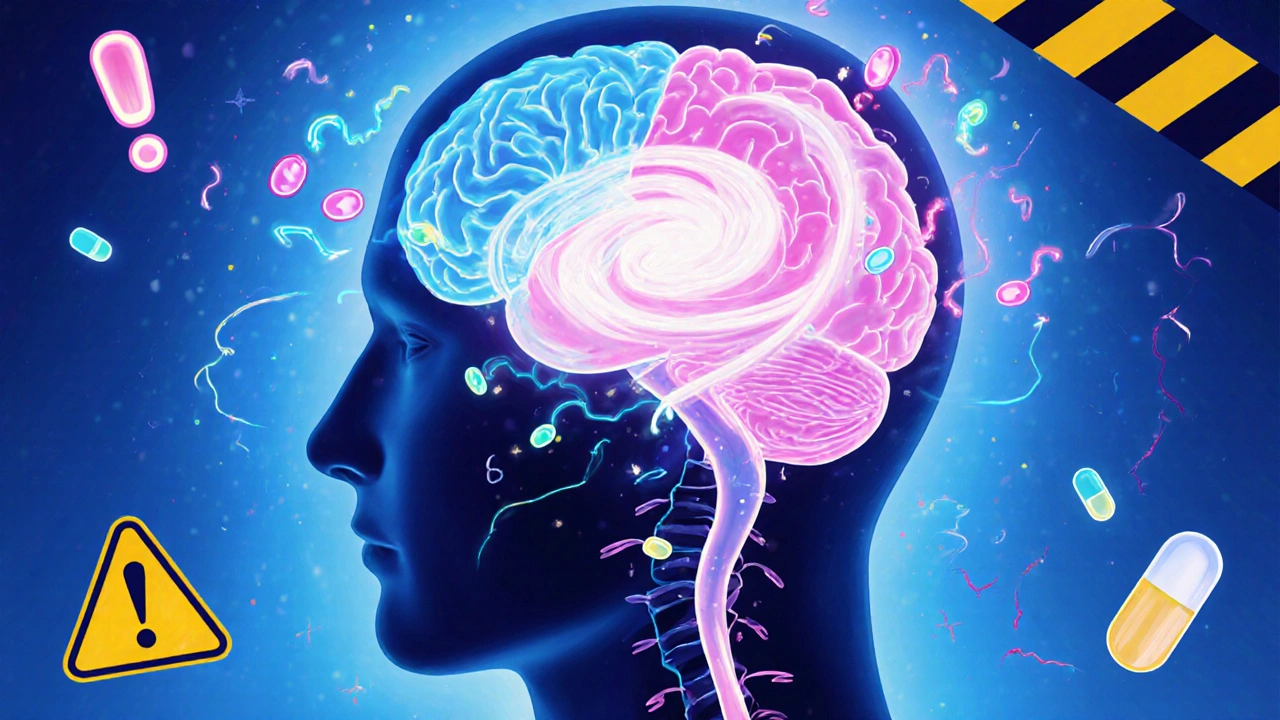SAMe: What It Is, How It Works, and What You Need to Know
When your body makes SAMe, S-adenosylmethionine, a compound your cells use to repair tissues, balance mood, and detoxify the liver. Also known as S-adenosylmethionine, it’s not a vitamin or mineral—it’s a molecule your body creates from the amino acid methionine and ATP. Without enough SAMe, your brain struggles to produce serotonin and dopamine, your joints lose cartilage faster, and your liver can’t clear toxins properly. Many people don’t realize how much their daily health depends on this one molecule.
SAMe doesn’t just show up in supplements—it’s active in every cell. For people with depression, a condition linked to low levels of neurotransmitters like serotonin, SAMe helps rebuild those brain chemicals. Studies show it can work as well as some antidepressants, without the same side effects. For those with joint pain, especially from osteoarthritis, SAMe reduces inflammation and helps rebuild cartilage. It’s not a quick fix, but over weeks, many report less stiffness and better movement. And if you’re dealing with liver health, issues like fatty liver or toxin buildup, SAMe supports the liver’s natural detox pathways, helping it process alcohol, medications, and environmental chemicals more efficiently.
What you won’t find in every supplement aisle is the real story: SAMe is unstable. It breaks down easily in heat, light, and air. That’s why quality matters—cheap versions often don’t deliver what they promise. It also interacts with certain medications, especially antidepressants. If you’re on SSRIs or MAOIs, mixing them with SAMe can be dangerous. Always check with your doctor before starting, especially if you have bipolar disorder or are pregnant.
Below, you’ll find real-world insights from clinical studies, patient experiences, and expert breakdowns on how SAMe fits into modern treatment plans—for mood, for joints, for liver function, and beyond. These aren’t ads. They’re practical guides from people who’ve seen what works—and what doesn’t.

SAMe and Antidepressants: What You Need to Know About Mood Effects and Interaction Risks
- by Colin Edward Egan
- on 19 Nov 2025
SAMe may help with mild depression faster than antidepressants, but combining them can cause dangerous serotonin syndrome. Learn the risks, signs, and safer alternatives.
